Voice and Choice: The Protocol
A protocol for looking closely at content, considering perspectives and representation, and then redesigning or reimagining that content from one's own perspective. Try out the accompanying Learner Workbook!
The resources here are designed for both educator and learner use of the Agency by Design Framework for Maker-Centered Learning. In this collection you will find three sets of resources. Thinking Routines offer several mini-strategies to encourage active processing and build on learners’ background knowledge. Activities & Practices offer suggestions and guidelines for teaching a variety of maker-centered learning activities. The Documentation and Assessment Tools offer a range of techniques and activities that help learners and educators reflect on thinking and learning and be intentional in their efforts to improve the learning process. All of the tools are designed to help develop the maker capacities of Looking Closely, Exploring Complexity, and Finding Opportunity.

A protocol for looking closely at content, considering perspectives and representation, and then redesigning or reimagining that content from one's own perspective. Try out the accompanying Learner Workbook!
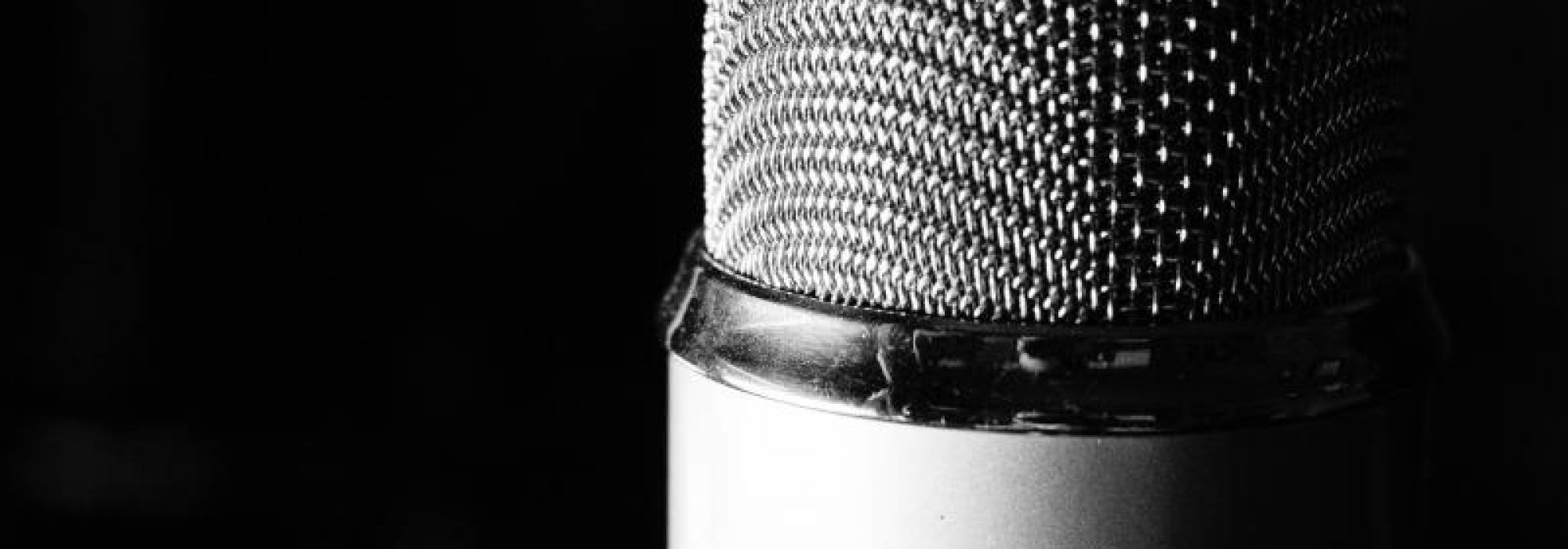
A protocol for looking closely at content, considering perspectives and representation, and then redesigning or reimagining that content from one's own perspective. Try out the accompanying Learner Workbook!
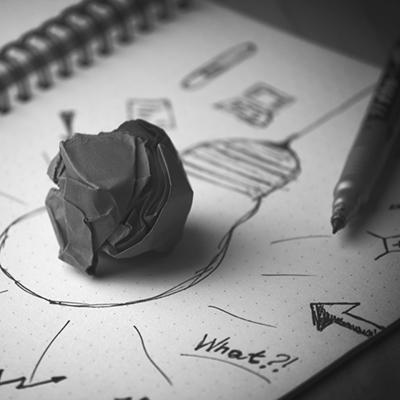
This Learn Workbook supports engagement with the Voice and Choice protocol. Created by Julie Rains.
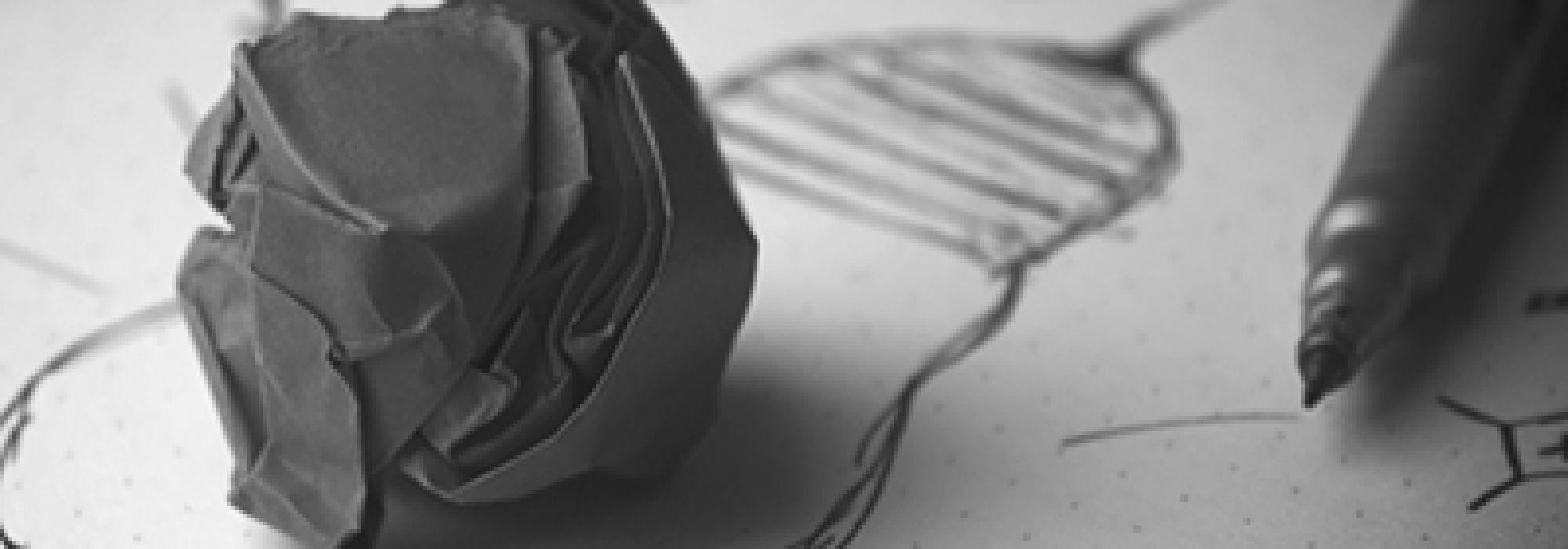
This Learn Workbook supports engagement with the Voice and Choice protocol. Created by Julie Rains.
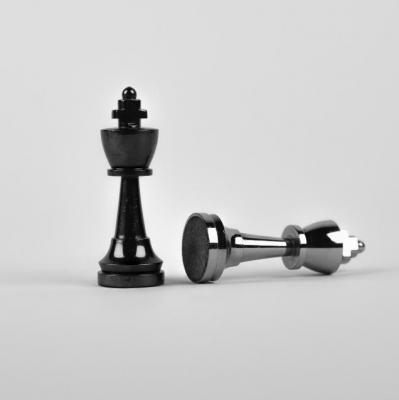
A protocol for looking critically at content and developing a sensitivity to the role(s) of power and participation in the design of objects and systems.
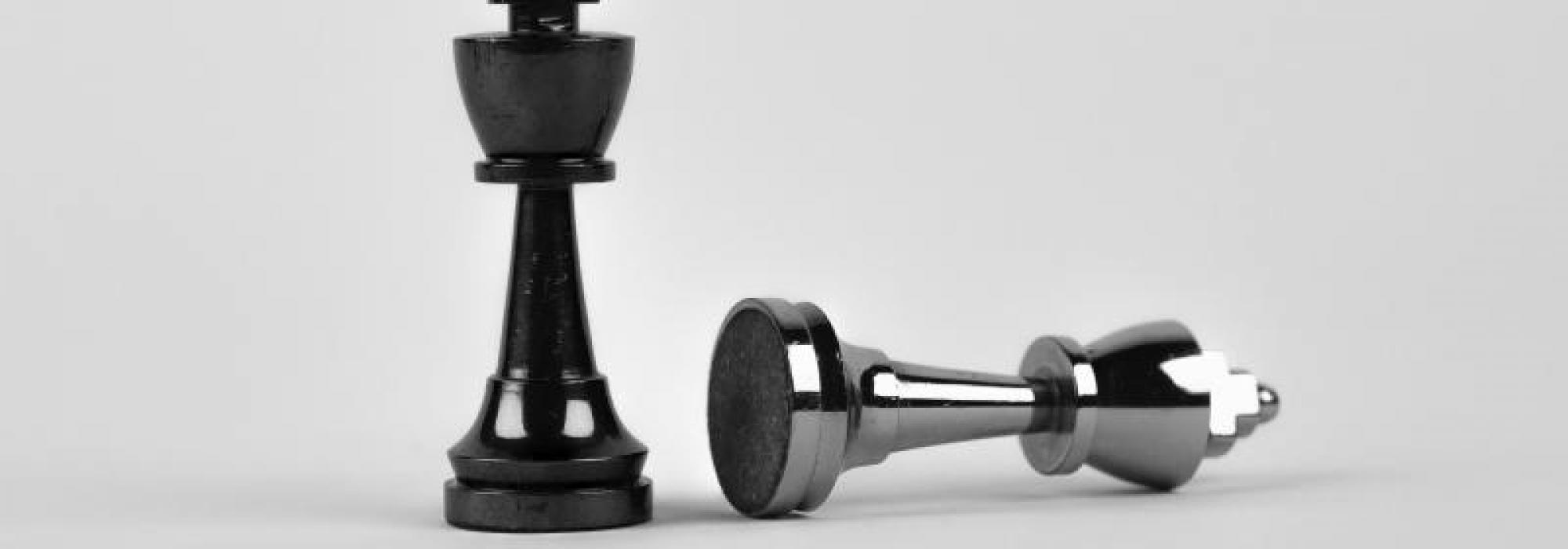
A protocol for looking critically at content and developing a sensitivity to the role(s) of power and participation in the design of objects and systems.

A set of questions for students and educators that support critical inquiry and awareness when approaching human-designed objects and systems.
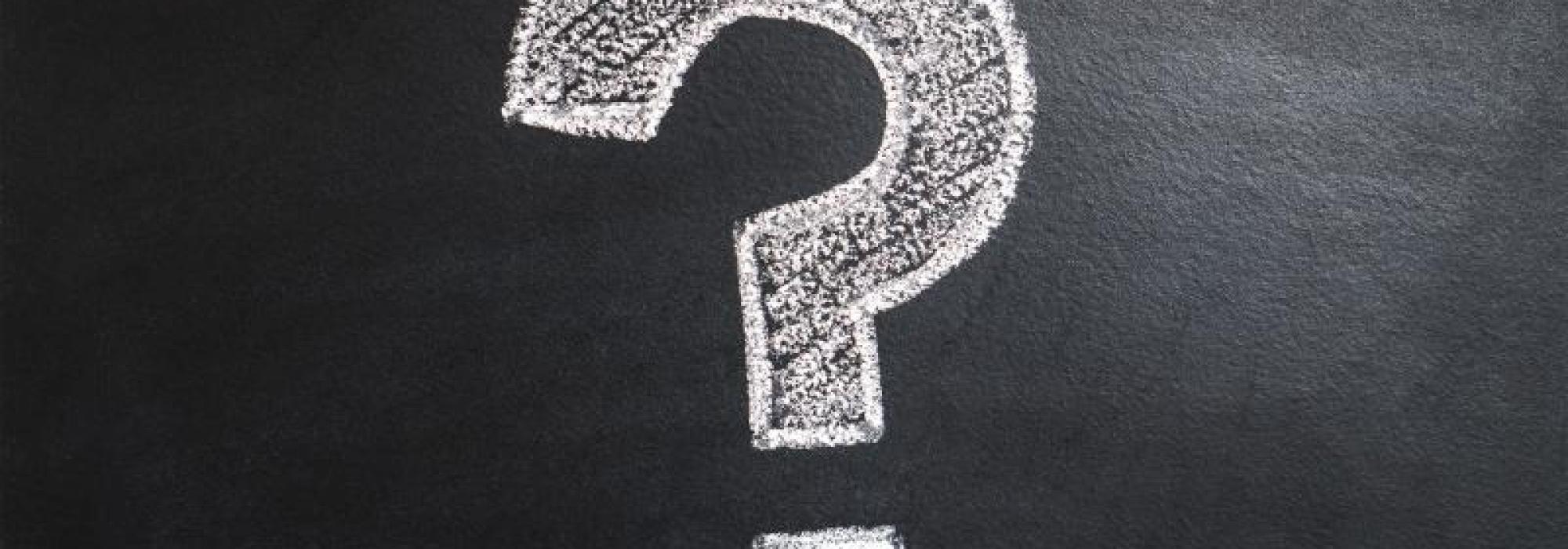
A set of questions for students and educators that support critical inquiry and awareness when approaching human-designed objects and systems.
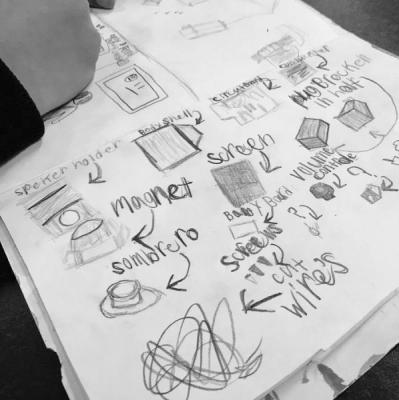
This practice allows learners to notice features of an object that they may not have the vocabulary to fully describe yet. By doing several sketches, learners have the chance to engage in perspective taking and to see details they might miss at first glance.
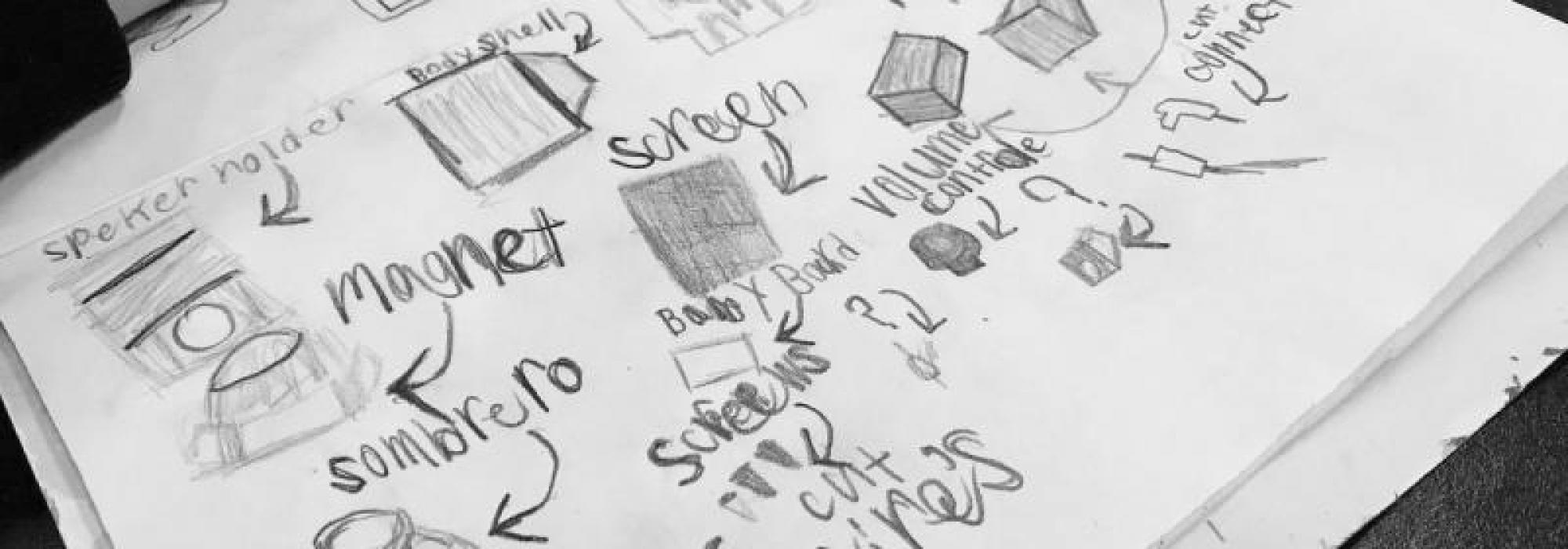
This practice allows learners to notice features of an object that they may not have the vocabulary to fully describe yet. By doing several sketches, learners have the chance to engage in perspective taking and to see details they might miss at first glance.
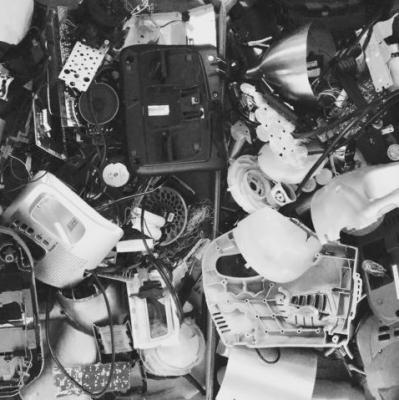
Mechanical dissections are a practice that allows learners to discover the often hidden design of objects.
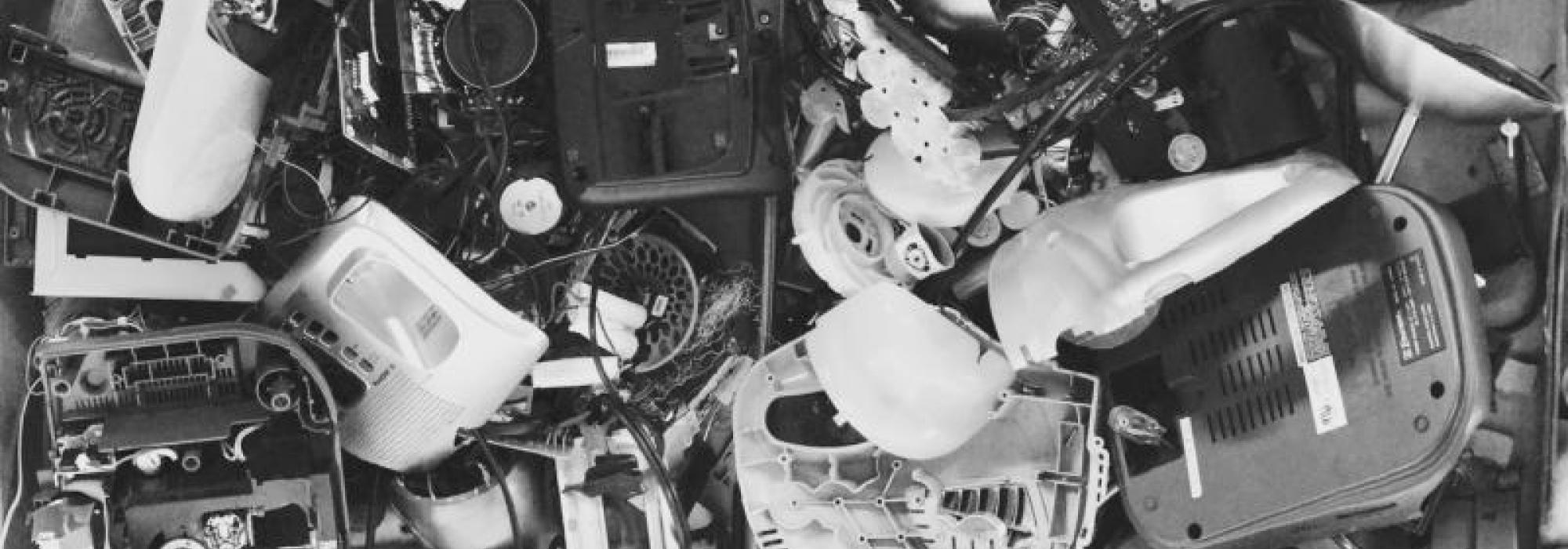
Mechanical dissections are a practice that allows learners to discover the often hidden design of objects.
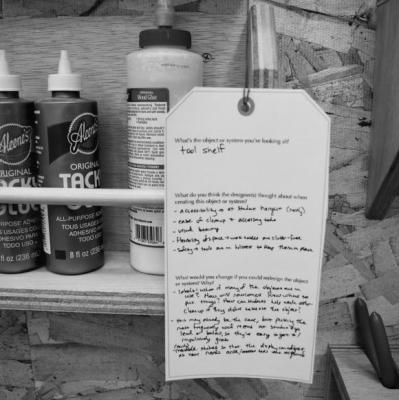
This practice first encourages learners to observe the world around them and look for design, “in the wild,” taking a broad inventory of the designs they notice. Then it asks them to focus in on one object or system to consider the designer’s perspective or to propose redesign ideas.
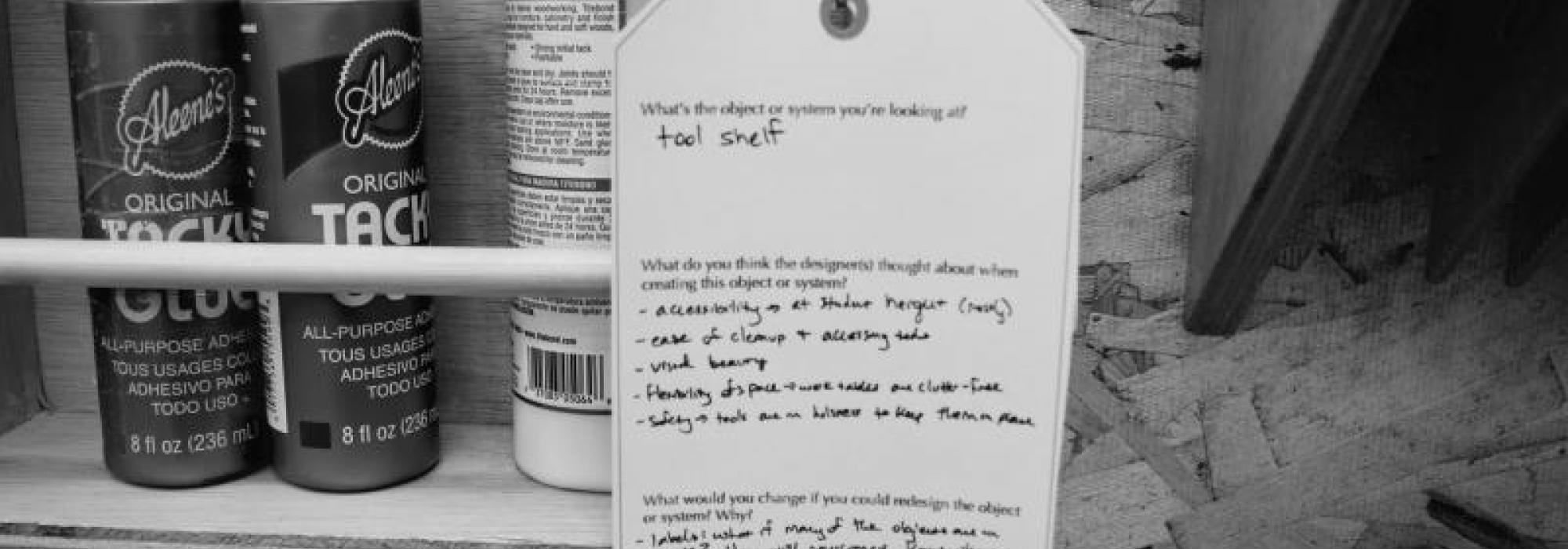
This practice first encourages learners to observe the world around them and look for design, “in the wild,” taking a broad inventory of the designs they notice. Then it asks them to focus in on one object or system to consider the designer’s perspective or to propose redesign ideas.

This practice promotes noticing, play, and exploration. When learners have time to tinker with materials they can gain an understanding of the affordances, possibilities, and constraints inherent in a variety of making materials.
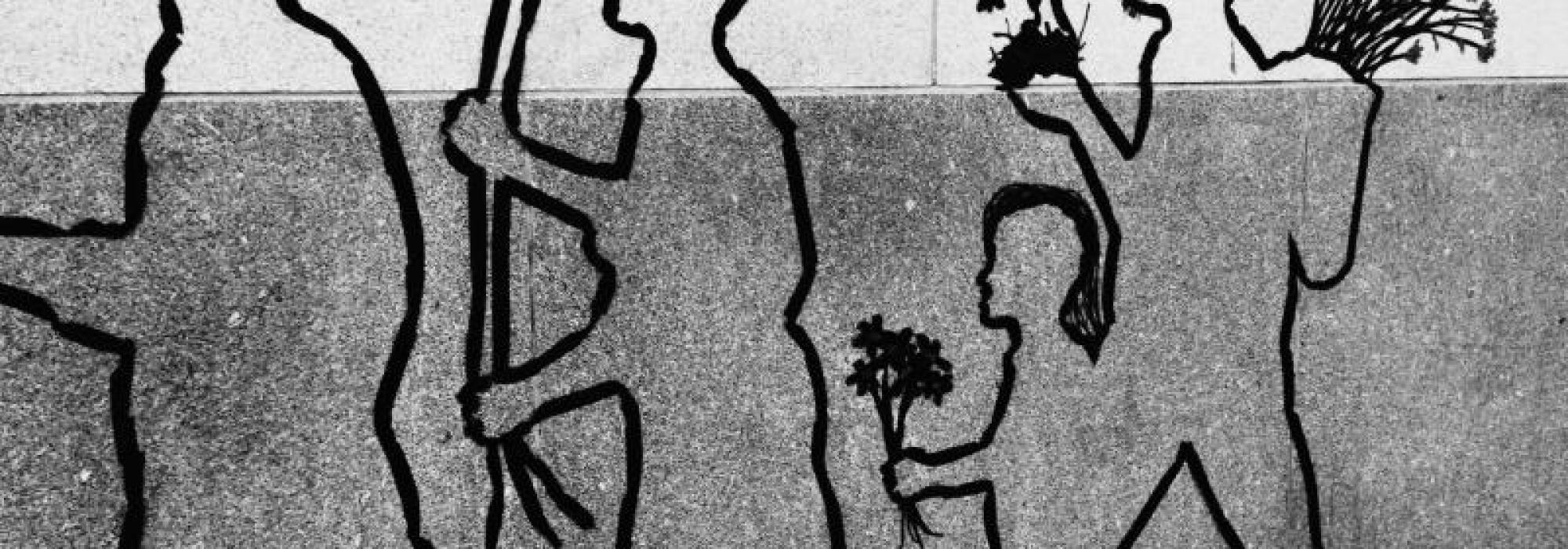
This practice promotes noticing, play, and exploration. When learners have time to tinker with materials they can gain an understanding of the affordances, possibilities, and constraints inherent in a variety of making materials.

This practice is designed to deepen learners’ sensitivity to design through drawing, observing, questioning, and collaborating.

This practice is designed to deepen learners’ sensitivity to design through drawing, observing, questioning, and collaborating.
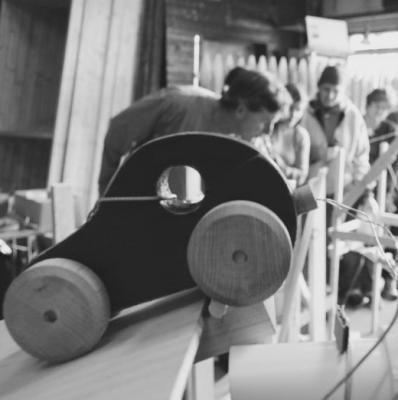
This practice supports co-inspiration and the cross-pollination of ideas during maker-centered group work.
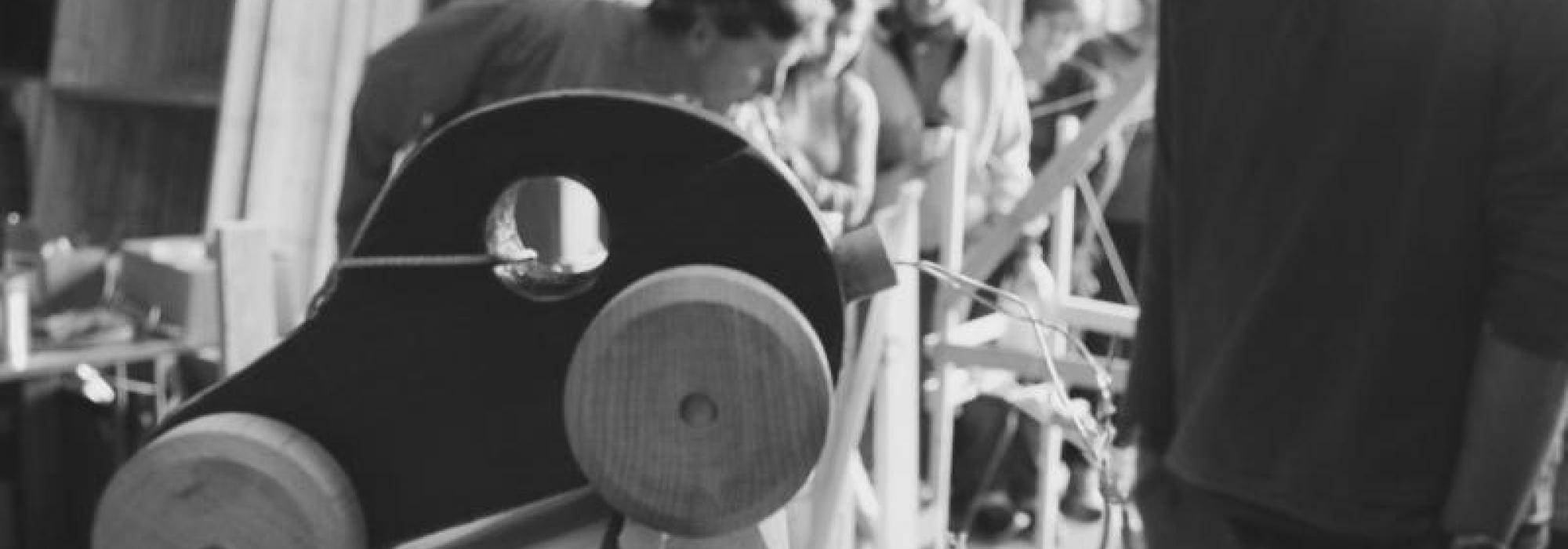
This practice supports co-inspiration and the cross-pollination of ideas during maker-centered group work.
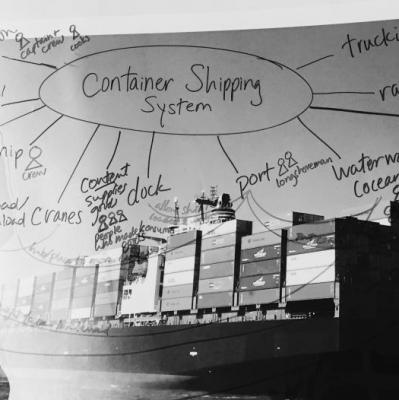
The practice of mapping allows learners to build and demonstrate their understanding of the parts, people, and interactions that comprise a given system.
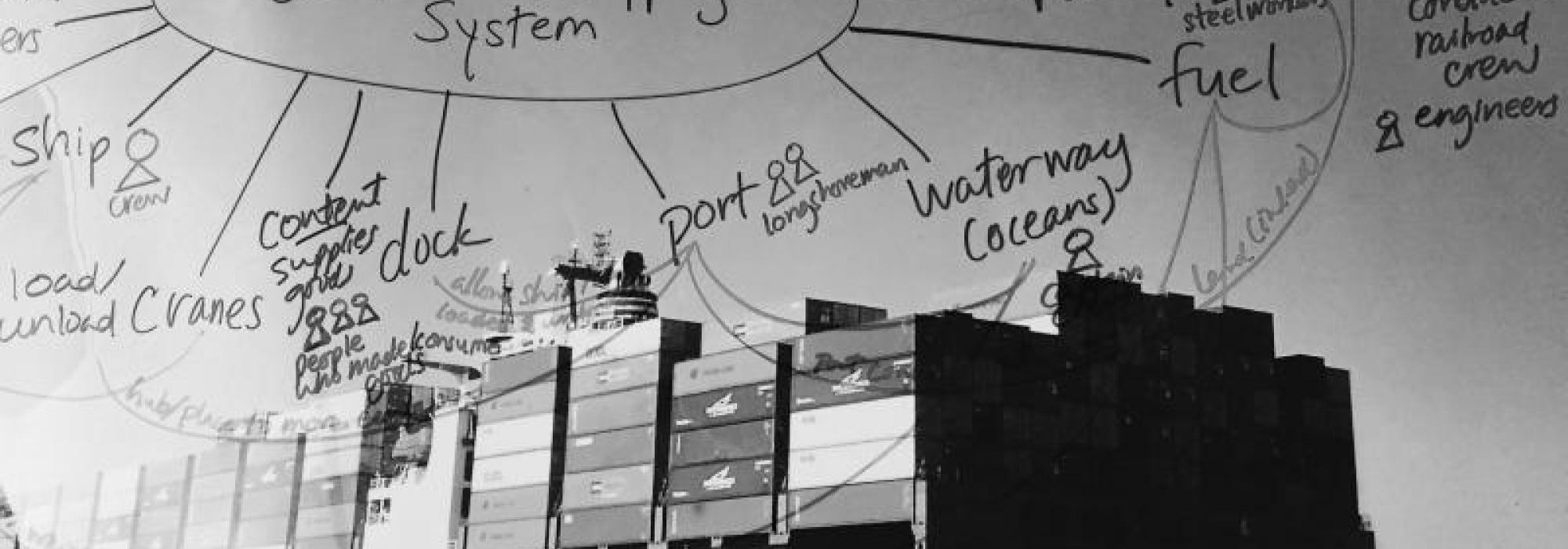
The practice of mapping allows learners to build and demonstrate their understanding of the parts, people, and interactions that comprise a given system.
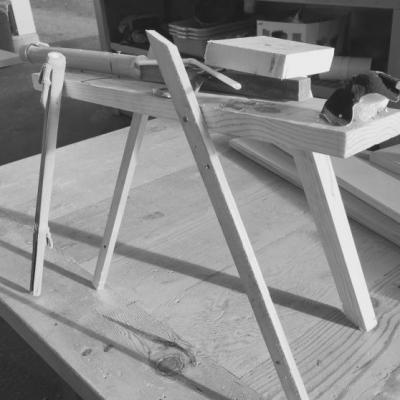
A conversation starter and reflective activity for introducing young people and adults to making.
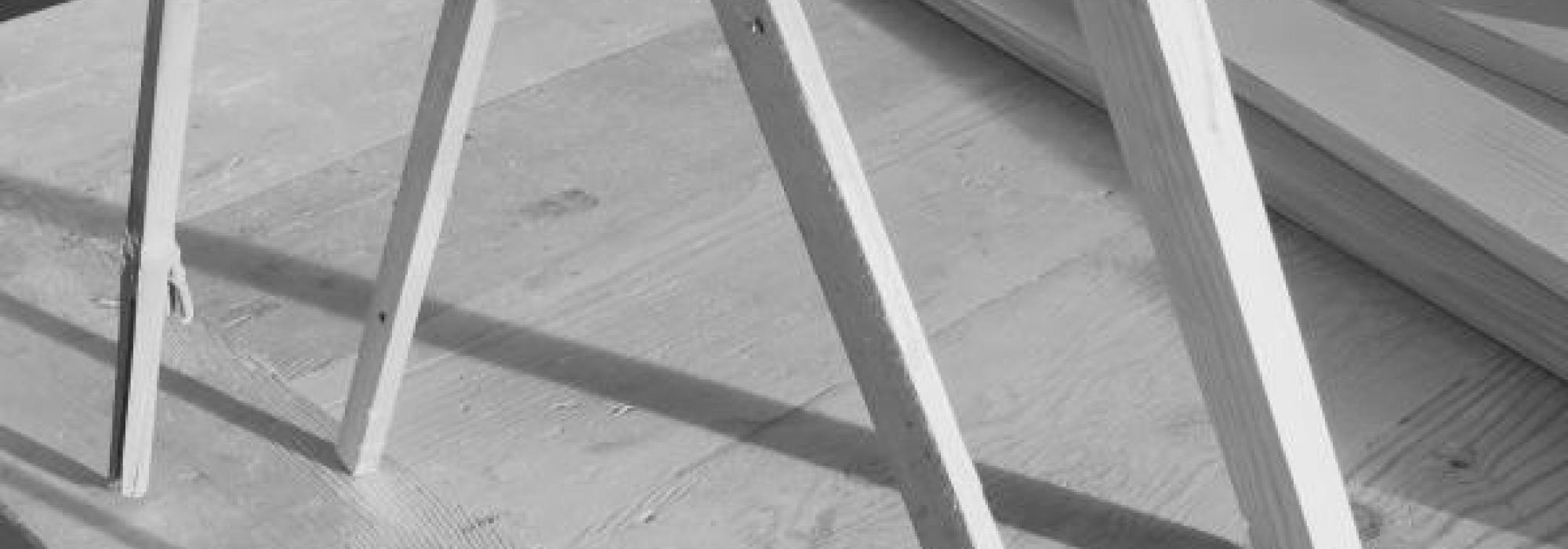
A conversation starter and reflective activity for introducing young people and adults to making.

PROTOCOLO PARA ANALIZAR DE FORMA CRÍTICA UN CONTENIDO, CONSIDERANDO DIFERENTES PERSPECTIVAS Y REPRESENTACIÓN, PARA DESPUÉS REDISEÑAR O REIMAGINAR ESE CONTENIDO DESDE UNA PERSPECTIVA PROPIA.
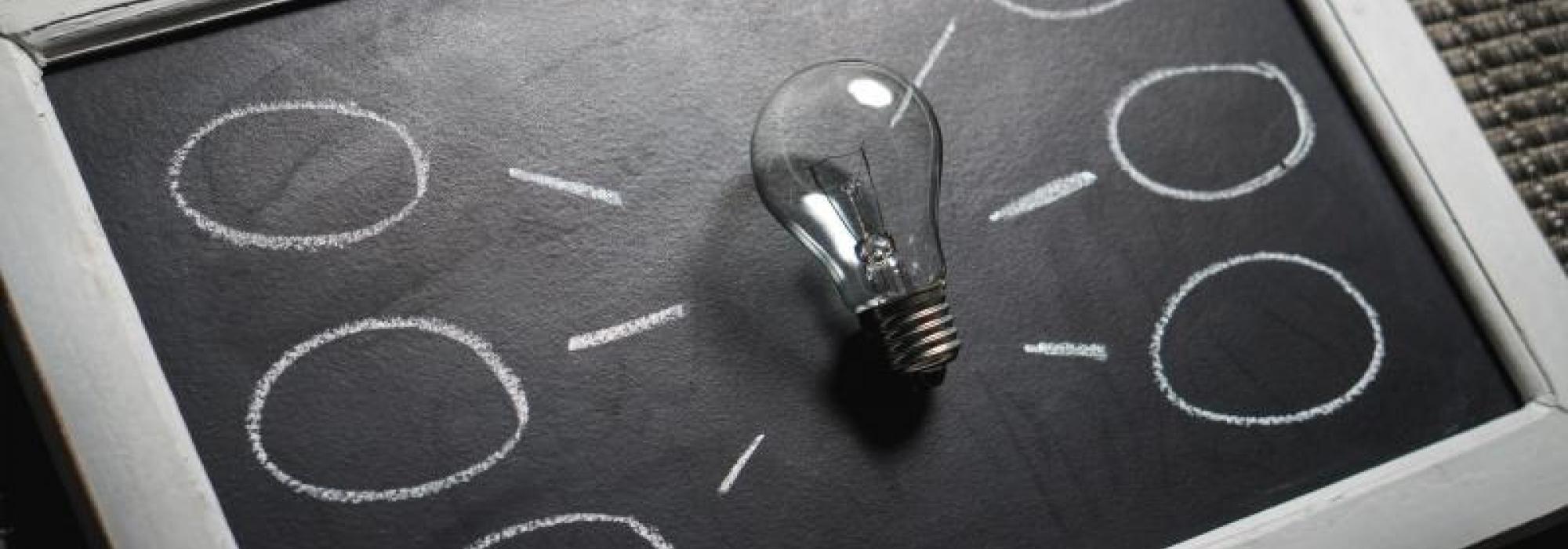
PROTOCOLO PARA ANALIZAR DE FORMA CRÍTICA UN CONTENIDO, CONSIDERANDO DIFERENTES PERSPECTIVAS Y REPRESENTACIÓN, PARA DESPUÉS REDISEÑAR O REIMAGINAR ESE CONTENIDO DESDE UNA PERSPECTIVA PROPIA.
這個思考模式通過幫助學生近距離觀察某個物品/系統的細節,考慮不同的使用者和利益相關者不同的觀點角度,以反思自己和這個物品/系統的關係來探究其中的關聯性。
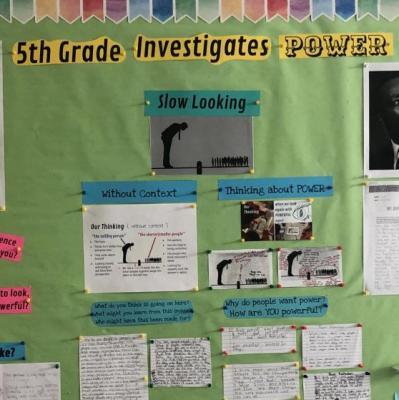
Since 2012, the Agency by Design research team at Project Zero has explored the promises, practices, and pedagogies of maker-centered learning in a variety of settings. This initial research produced a flexible pedagogical model that supports young people in becoming sensitive to design and seeing themselves as the creators of their worlds. Beginning in 2018, the Agency by Design research team began working with a cohort of early childhood educators in Hong Kong on a pilot study to adapt the Agency by Design framework for young learners. The result of this exciting work is the Maker-Centered Learning Playbook for Early Childhood Education. This playbook includes lessons learned from the study, pictures of practice, and a host of educator tools and resources designed to support the development of young students’ maker capacities while also nurturing other generative cognitive dispositions and habits of mind at this early stage of learning and development.
This resource is available in hard copy on Amazon.
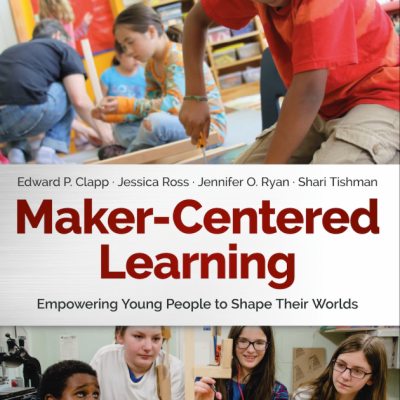
The Agency by Design guide to implementing maker-centered teaching and learning
Maker-Centered Learning provides both a theoretical framework and practical resources for the educators, curriculum developers, librarians, administrators, and parents navigating this burgeoning field. Written by the expert team from the Agency by Design initiative at Harvard's Project Zero, this book
A surge of voices from government, industry, and education have argued that, in order to equip the next generation for life and work in the decades ahead, it is vital to support maker-centered learning in various educational environments. Maker-Centered Learning provides insight into what that means, and offers tools and knowledge that can be applied anywhere that learning takes place.

This routine helps students explore complexity by encouraging them to look closely at the details of something, considering its various viewpoints, users, and stakeholders, and reflecting on their own connections and involvement with it.
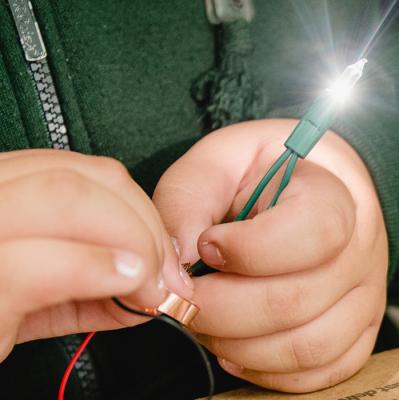
Agency by Design project manager Jen Ryan examines the use of the word maker and offers an alternative reframing for an emerging field.

Esta rutina de pensamiento ayuda a los estudiantes a ir lentamente y observar detallada y cuidadosamente, al animarlos a mirar más allá de las características obvias de un objeto o sistema. Esta rutina de pensamiento estimula la curiosidad, plantea preguntas y hace evidente otras áreas para continuar la investigación.